PsychNewsDaily Publishers
100 Summit Drive
Burlington, MA, 01803
Telephone: (320) 349-2484
PsychNewsDaily Publishers
100 Summit Drive
Burlington, MA, 01803
Telephone: (320) 349-2484
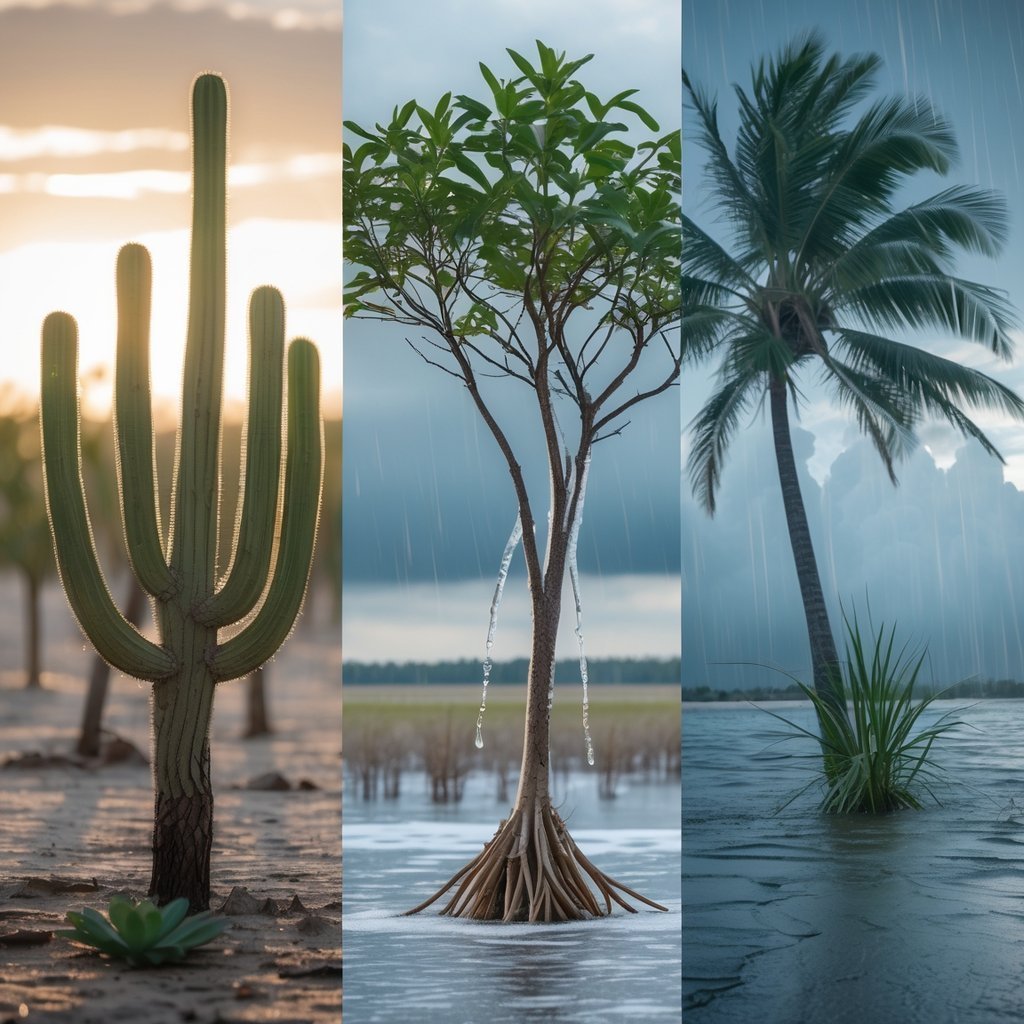
Plants deal with a lot when the weather gets rough. Whether it’s blazing hot, freezing cold, bone-dry, or super windy, they’ve got tricks up their sleeves to make it through. Most folks don’t realize just how clever plants can be when things get tough.
Let’s dig into how plants change their bodies and habits to deal with extreme weather. These adaptations keep them alive, and honestly, nature’s resilience is kind of amazing.
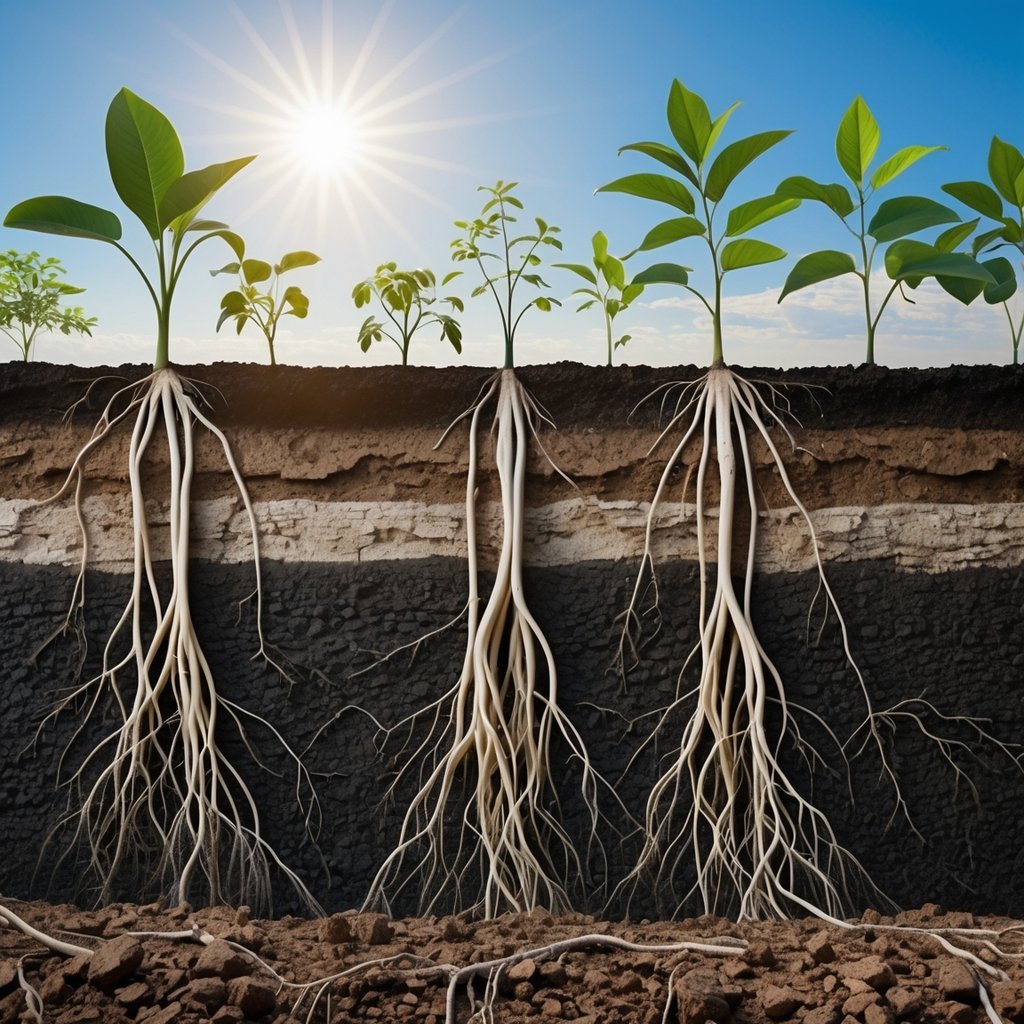
A lot of plants grow roots that reach deep down into the soil. These roots let them find water way below the dry surface.
When drought hits and the topsoil turns to dust, those deep roots grab hidden water and keep the plant going. This trick helps them avoid drying up completely.
Maybe you’ve seen this in your own garden. Some plants push their roots more than three feet down, searching for moisture even when it hasn’t rained in ages. That’s real survival.
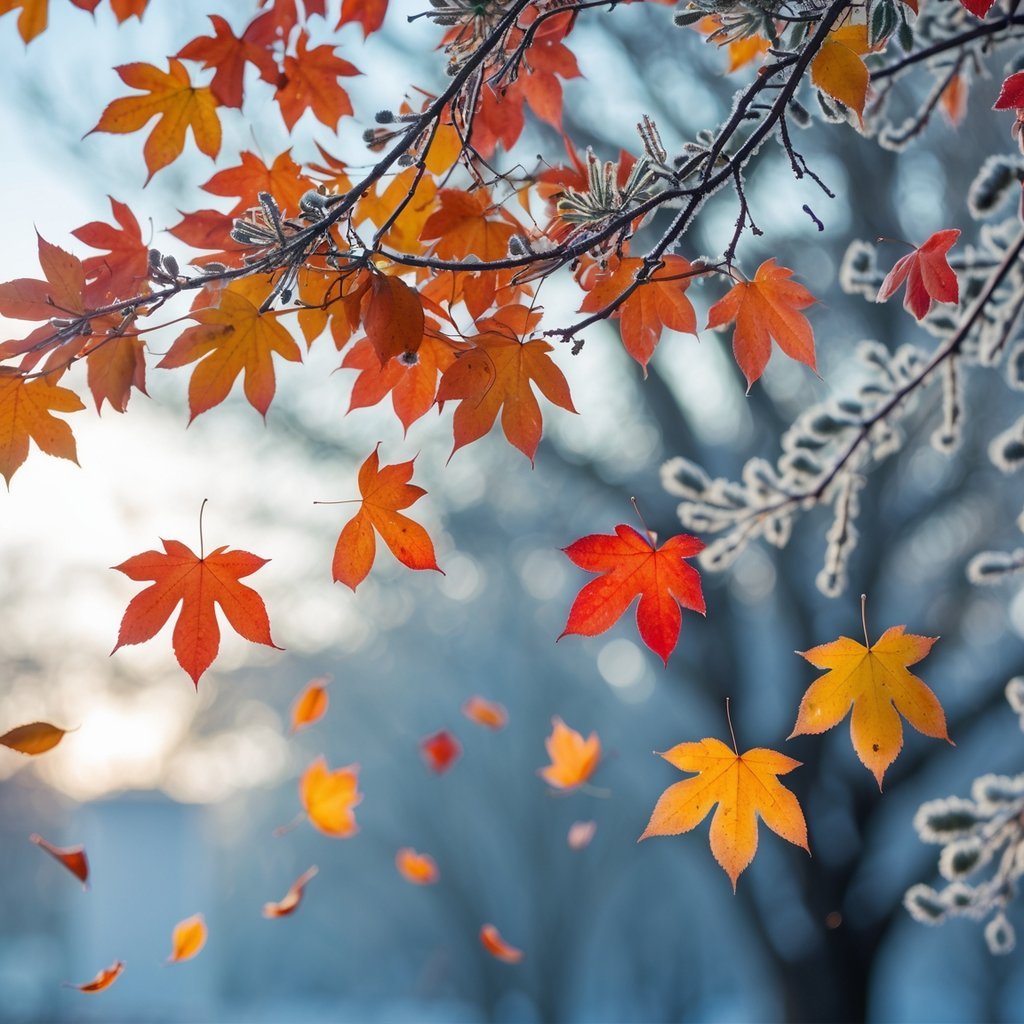
Have you noticed trees dropping their leaves as it gets cold? They do this to save water, since leaves lose moisture through little holes called stomata.
Without leaves, the tree doesn’t waste water during winter, when it’s tough to find any. It also saves energy because the tree isn’t busy keeping leaves alive when sunlight is weak.
By letting go of leaves, trees can put their energy into protecting their main parts. This move helps them make it through the harsh winter.
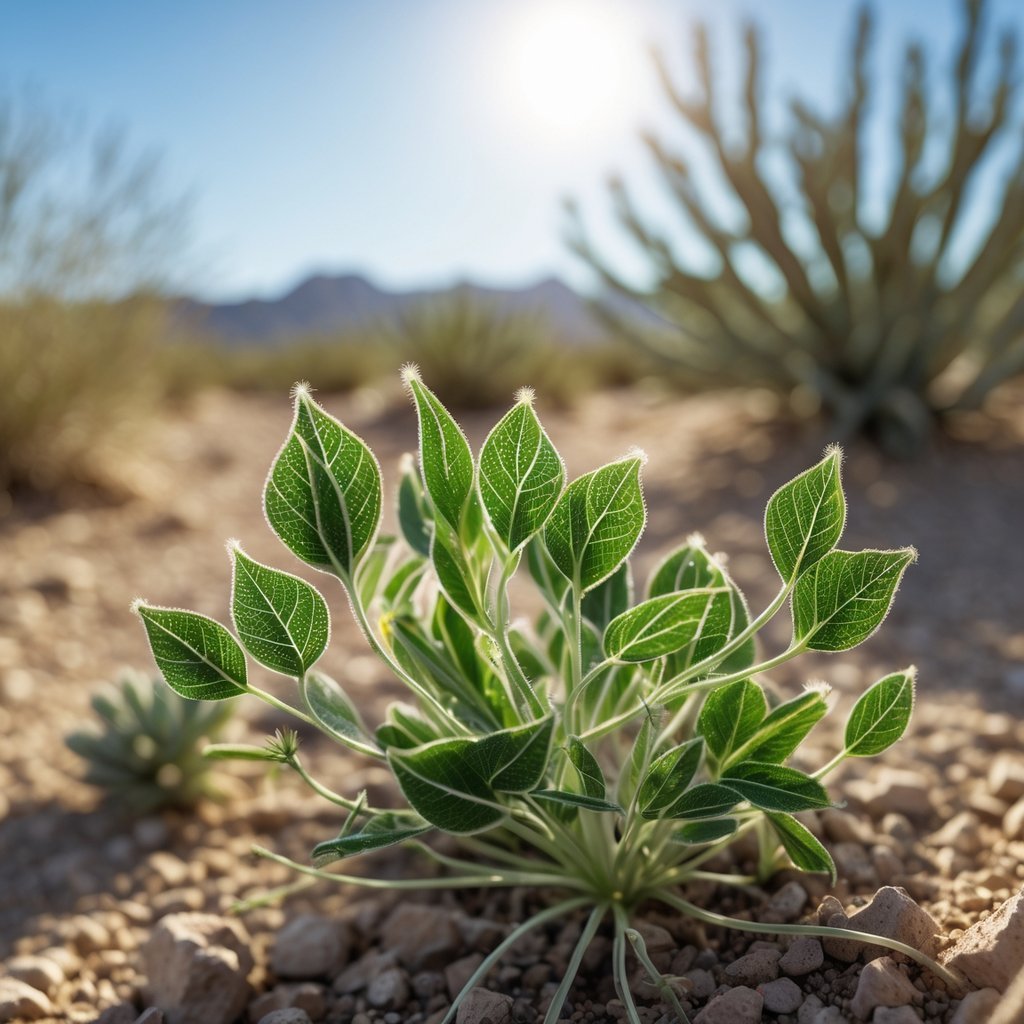
Desert plants often have super small leaves or even just spines. These tiny leaves mean less surface area for water to escape.
With less surface, the plant loses less water through its stomata. That’s a big deal when water is so hard to come by out there.
Small leaves also help keep the plant from overheating. They don’t soak up too much sunlight, which keeps them cooler and slows down water loss.
Honestly, it’s a simple but genius way to stay alive in harsh, dry places.
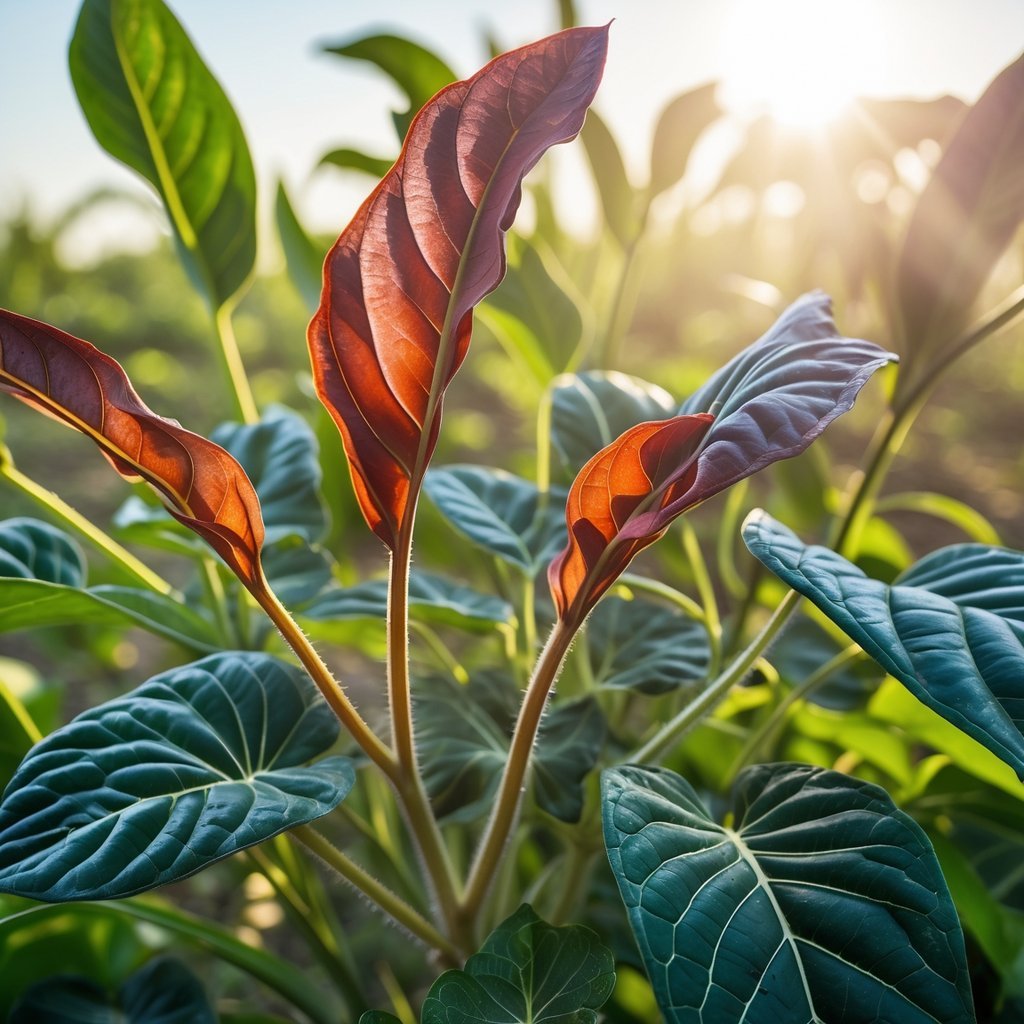
Some plants change their leaf shapes when it gets hot. You’ll see smaller or thinner leaves that don’t trap as much heat.
Others even shift their color to something lighter. Lighter leaves reflect sunlight, so they don’t get as hot.
These changes help plants handle the heat without losing too much water. It’s pretty impressive how they manage to protect themselves when the weather gets extreme. Maybe next time you’re outside, you’ll spot these little survival tricks.
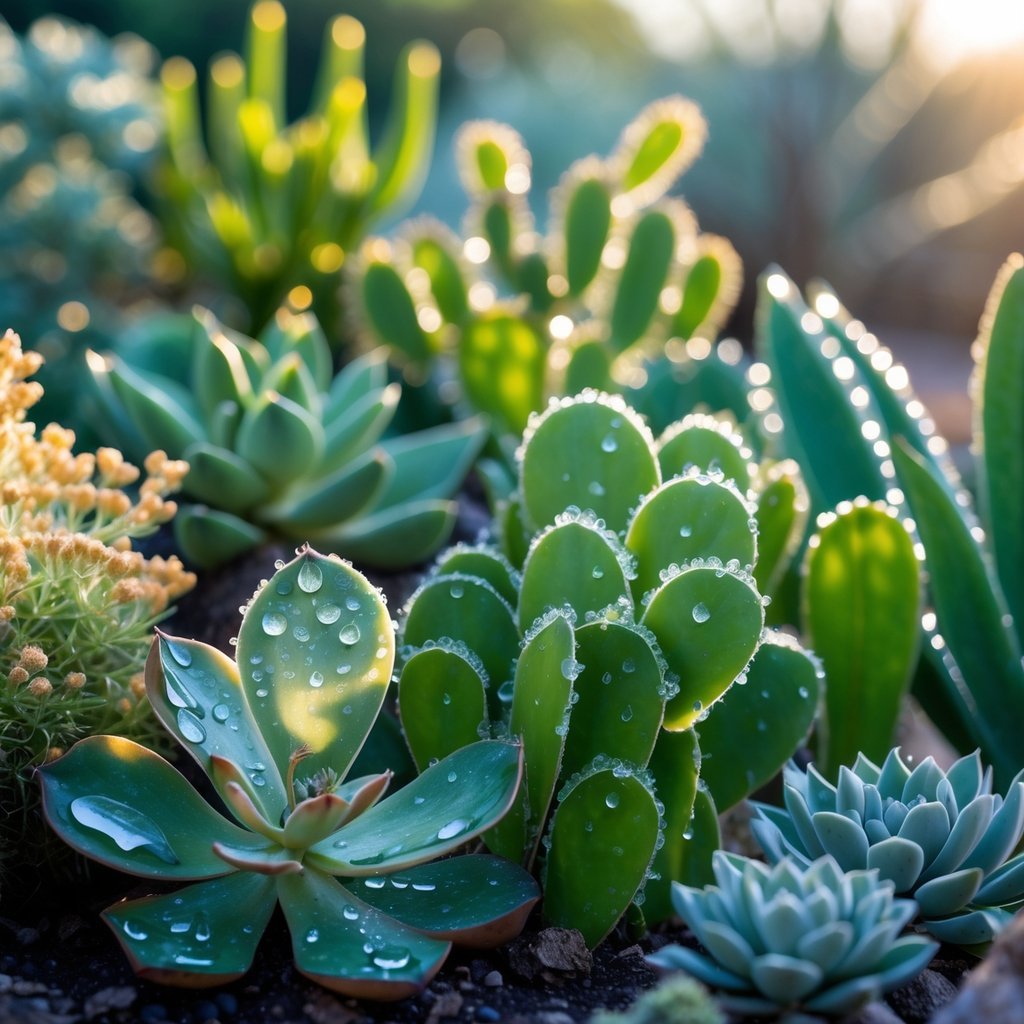
You probably don’t even notice it, but a lot of plants actually grow a thin, waxy layer right on their leaves and stems.
This waxy coating keeps water locked inside the plant.
It acts like a shield and stops water from slipping away, which is especially handy when the air feels dry or there’s a breeze.
Botanists call this protective layer the cuticle.
It’s got a shiny look and helps the plant hang onto moisture—which is honestly a lifesaver when water’s hard to come by.
If you ever touch a waxy leaf, you’ll probably notice how smooth it feels.
That’s the coating at work.
Plants with this waxy coat just handle tough weather better.
It’s kind of amazing how plants figure out ways to protect themselves from drying out in heat or drought, isn’t it?